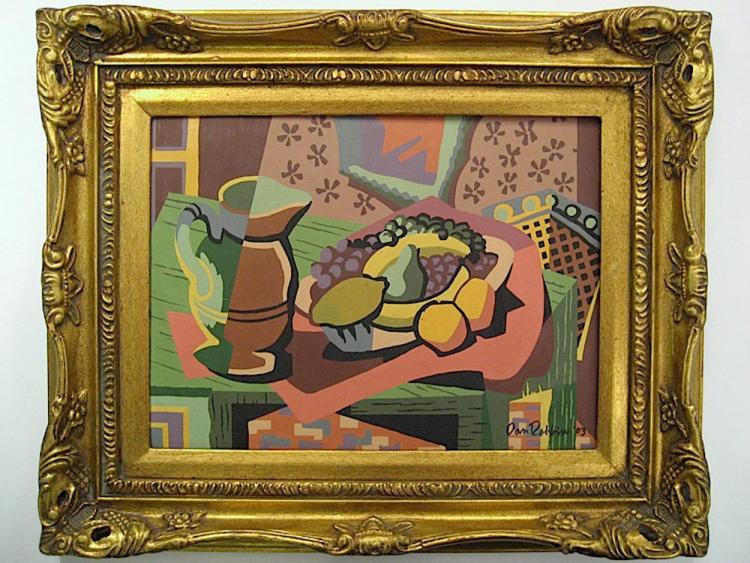⪮ Good Morning

☠️🧪 Micromorts
A micromort represents a one-in-a-million chance of dying. It helps quantify the risk associated with different activities and their potential impact on our mortality.
For instance, running a marathon is 7 micromorts, whereas going for a swim is 12 micromorts.
Micromorts
https://micromorts.rip
Wikipedia: Micromort
https://en.wikipedia.org/wiki/Micromort

🎨🖼️ Paint By Numbers
In the 01950s, Dan Robbins created a kit that allowed people to paint without any prior painting skills. Simply filling in the areas with the corresponding colors created a decent piece of art.
He was inspired by a story that Leonardo da Vinci did the same with his apprentices.
History of Paint By Numbers
https://www.paintbynumbermuseum.com/craft-master-history-paint-numbers
Wikipedia: Paint By Number
https://en.wikipedia.org/wiki/Paint_by_number
Three Series of Simon Singh's Numbers
In 02002, Dr. Simon Singh selected his favorite five numbers and created a series of short 15-minute radio episodes about their social and scientific history and significance.
The series was so popular that he followed it up with two more covering a range of topics from pi to infinity (literally) and beyond!
BBC Radio 4: Simon Singh's Numbers
https://www.bbc.co.uk/programmes/p00cl73s/episodes/player
Simon Singh's Website
https://simonsingh.net
🎲🎲 History of Dice
Dice are thought to be around 8,000 years old. The first known six-sided dice, in the same configuration we use today, were found in Mesopotamia dating to around 1300 BC.
The pip/dot pattern, where opposite sides add up to seven (one opposite six, two opposite five, and three opposite four), predates the introduction of Arabic numerals by centuries.
Atlas Obscura: How the Design of Dice Evolved Over Time
https://www.atlasobscura.com/articles/dice-evolution-fate-fairness-archaeology
Make Magazine: Dice Letter Press Artwork
https://makezine.com/article/home/fun-games/letterpress-prints-using-dice-as-ty/